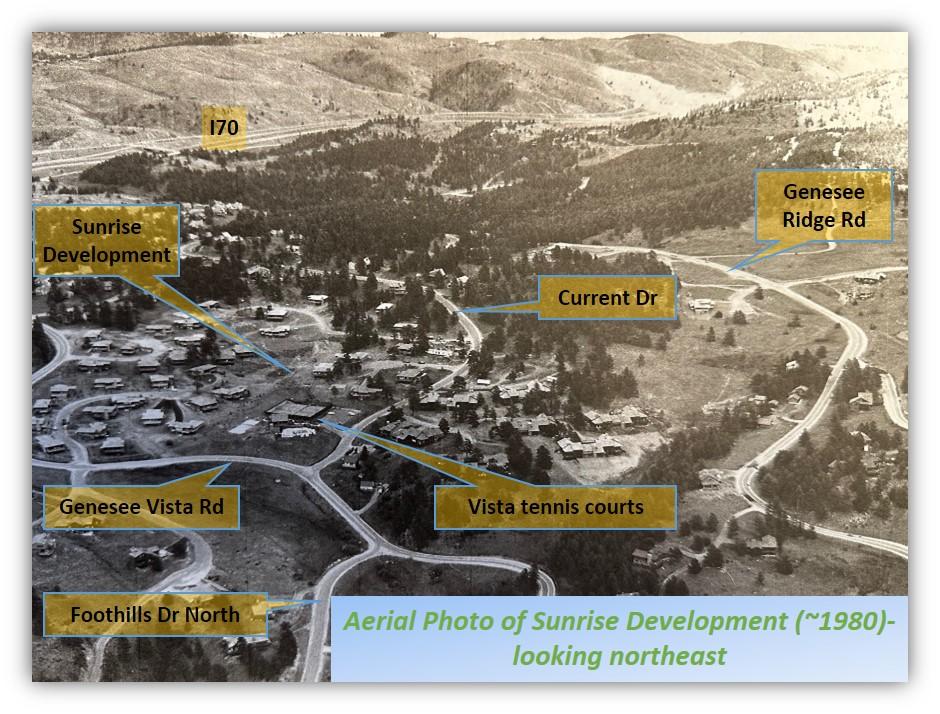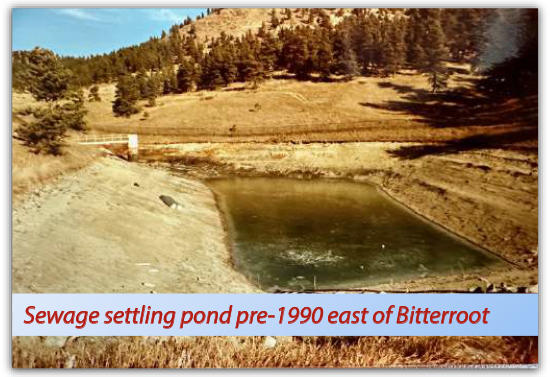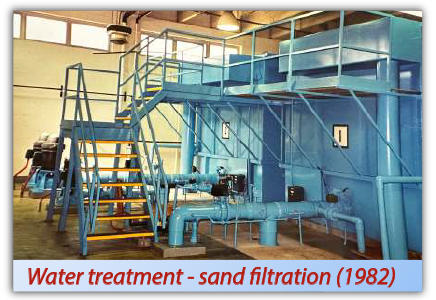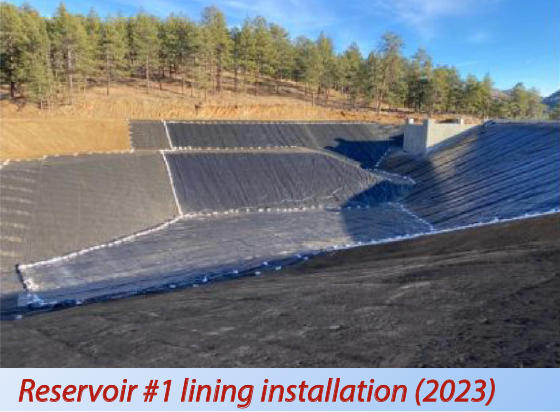History
The history of the Genesee Water & Sanitation (GWSD) district has been shaped by the community's growth, available funds, and the need for reliable and economically feasible water and sewage services. Initially, the infrastructure faced challenges due to minimal investment from developers and reliance on shallow wells and low-quality water sources, necessitating upgrades to meet regulations.
In the early stages (1975 to the early 1980s), GWSD's infrastructure was basic, with equipment not built to last and water quality issues stemming from shallow wells and unregulated sewage. Efforts were made to improve water supply and sewage treatment, including the construction of a filtration plant and the installation of pumps to manage sewage more effectively.
Moving into the mid-1980s to the early 2000s, GWSD grappled with significant debt, which limited further investment in infrastructure improvements. Despite financial challenges, the district made strides in water supply and sewage treatment, including adding new water taps, upgrading the wastewater treatment plant, and implementing technologies to reduce costs and improve water quality. These efforts reflect GWSD's commitment to adapting and improving its services amidst financial and regulatory challenges.

1976 to Mid-1980s: Initial Investment
Investment in GWSD occurred in stages, driven primarily by growth needs and capital availability. Initial water and sewage design was guided by 1970s Federal and State Regulations. GWSD investments were based on reliability, economics (i.e. best affordable technology), the preservation and utilization of water rights, and water supply for firefighting.
Land purchases were funded by Fidelity Mutual and Prudential Insurance. The land company sold bonds to build GWSD infrastructure. But soon, GWSD was in deep debt after initial capital investments. Meanwhile, Genesee began to grow and early development got underway in the 1970s and 1980s on the north side near what would become Coneflower Drive and Dogwood Drive.
Water supply initially provided by a small pump in a wooden shed north of Bear Creek was constructed from 1975 to 1976. Storage tanks were added in 1976 near current day Solitude and Choke Cherry Lane and more pumps were installed that same year near Larskpur Drive and Bitterroot Lane. What’s known as the Dakota wells were drilled and completed from 1977 to 1978, and both were initially artesian wells. The Dakota wells are in the Morrison area and are used for augmentation.
The original sewage treatment was just a raw sewage lagoon. The sewage treatment originally hauled sewage sludge to a setting pond, which has since been replaced by Reservoir #1. Two sewage pumps were eventually installed at Aster Way and Terrace to bring sewage to a south-side gravity drain to the setting pond at Bitterroot. Later, in 1992, an additional two pumps were added on the south side at Holly Court and Pine Drop (1992).

Mid-1980s to Early 2000s
By 1994, GWSD’s debt had ballooned to $8 million, which restricted further investment. By 1995, the debt had grown to $10 million. No major improvements were made during this period. Construction of a filtration plant began in 1982, but was abandoned only to be picked up again in 2017. But taps were added to Chimney Creek in the 1980s and in 1987, a crossing pump station was completed that bore under I-70.
In 1985, the initial clarifier was added to the sewage treatment plant to take some of the load off the sand filter. GWSD, however, could still not meet regulations for ammonia and other nitrogen products. Work continued in 1989 on what are now the early portions of the current waste water treatment plant, including the extended aeration. In 1990, GWSD converted its sewage setting pond to a 16-acre-foot holding pond for treated waste water. Later, in 1992, two sewage pumps on the south side were added near Holly Court and Pine Drop. Additional improvements to the waste water plant were completed in 1995 and in 1997, the district installed a centrifuge to reduce sludge hauling costs.

Late 2000s to Present
Reservoir #2
Reservoir #2 near Bear Creek Road was built in in response to drought in the early 2000’s. In fact, Bear Creek—the source of GWSD water—temporarily stopped flowing in 2002, which forced the district into severe water usage restrictions to keep customer taps operational. Initial design of Reservoir #2 began in 2003 and construction was notably contentious. The first 101 acre-feet were completed in 2007. Today, Reservoir #2 is deemed critical infrastructure both for daily GWSD operations and emergency requests from adjacent water districts, including firefighting support.
Administration Building
The current Genesee Water & Sanitation District administrative building was completed in 2012.
Advanced Water Treatment Facility
GWSD’s water treatment process prior to 2017 was antiquated and fragile. Operations were manual and the available SCADA (supervisory control and data acquisition) technology was not contemplated and control systems were obsolete. Plus, the old facility consumed disproportionate resources and GWSD staff. Water quality issues were observed that were not easily correctable with the available equipment.
But in 2014, the GWSD staff and Board of Director devised a new strategic master plan that included a new Advanced Water Treatment Facility (AWTF). This was made possible through a General Obligation bond issue, required by Tabor and approved by GWSD voters in November 2014 by a margin of 81% to 19%. Design was completed and construction began in 2015 and completed in 2017. GWSD’s AWTF has been providing high quality, award-winning water since 2017.
Reservoir #1
Reservoir #1 along Bitterroot Lane was originally a raw sewage lagoon. But in 1990, it was converted into a 16-acre-foot holding pond for treated waste water. Early engineering and design indicated that there were significant operational benefits to convert Reservoir #1 to a viable water storage pond. It was more cost effective to convert Reservoir #1 rather than expand Reservoir #2.
Expansion of Reservoir #1 to more than 50 acre-feet of additional water storage suitable for treatment was completed in January, 2024. The Colorado Water Conservation Board was sufficiently impressed with the importance and quality of the project that they made a $1.34 million contribution and provided a 2.5% 40-year loan for up to $5.5 million load in support of the project. Total construction cost to GWSD will be just over $5 million.


